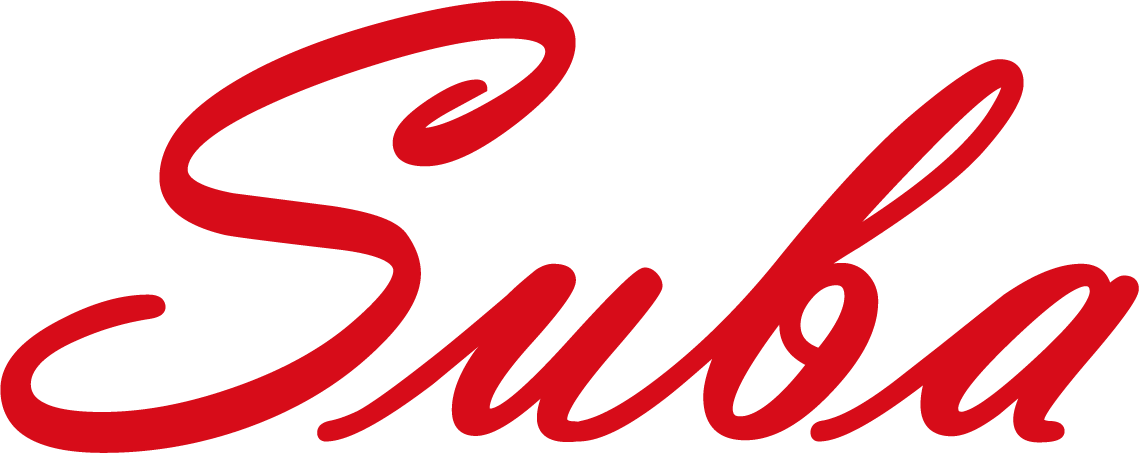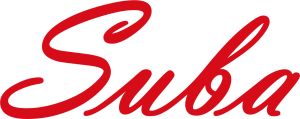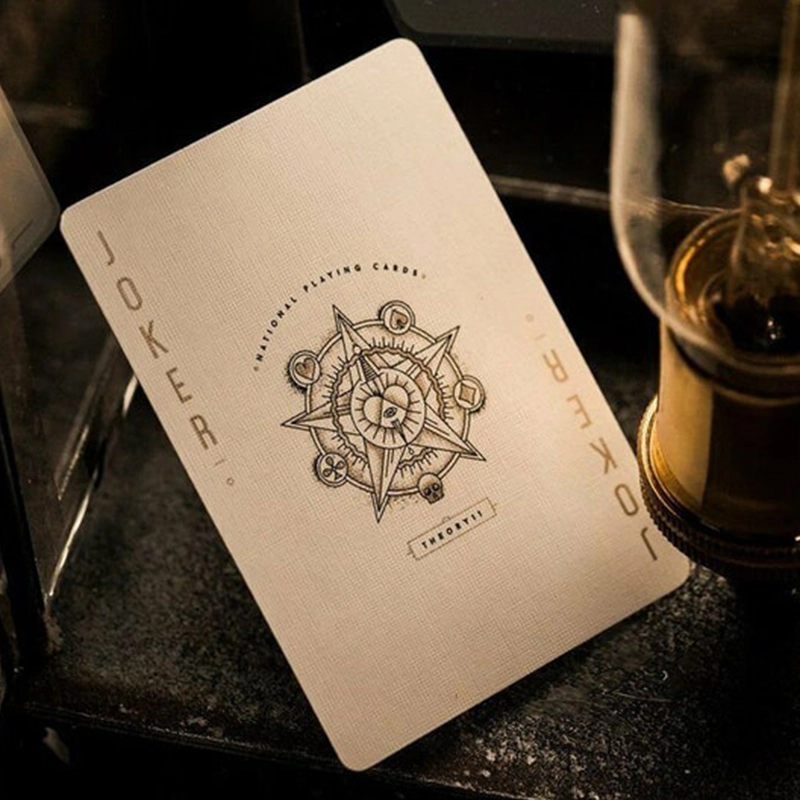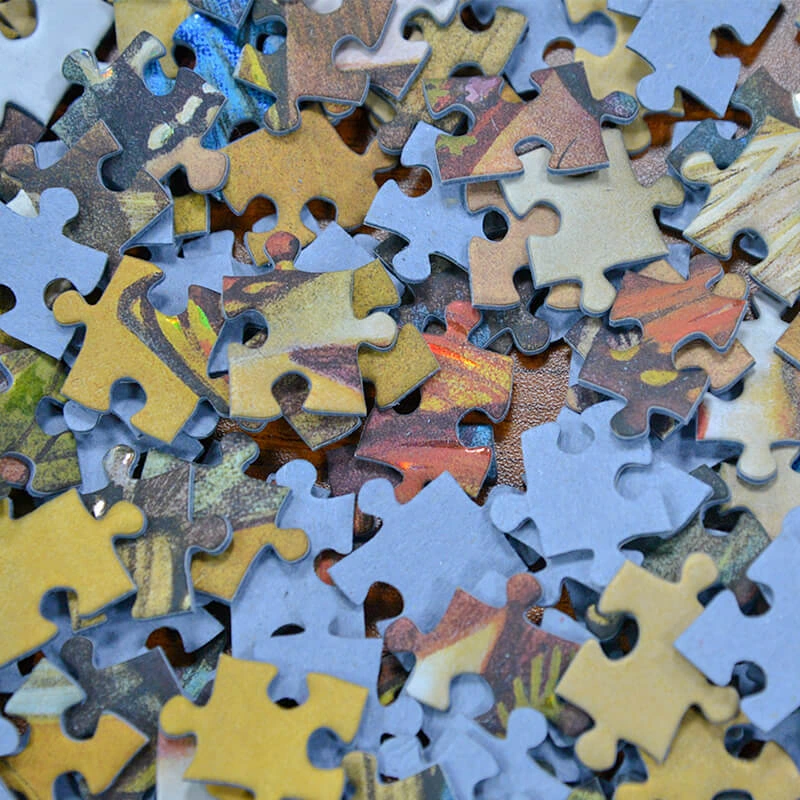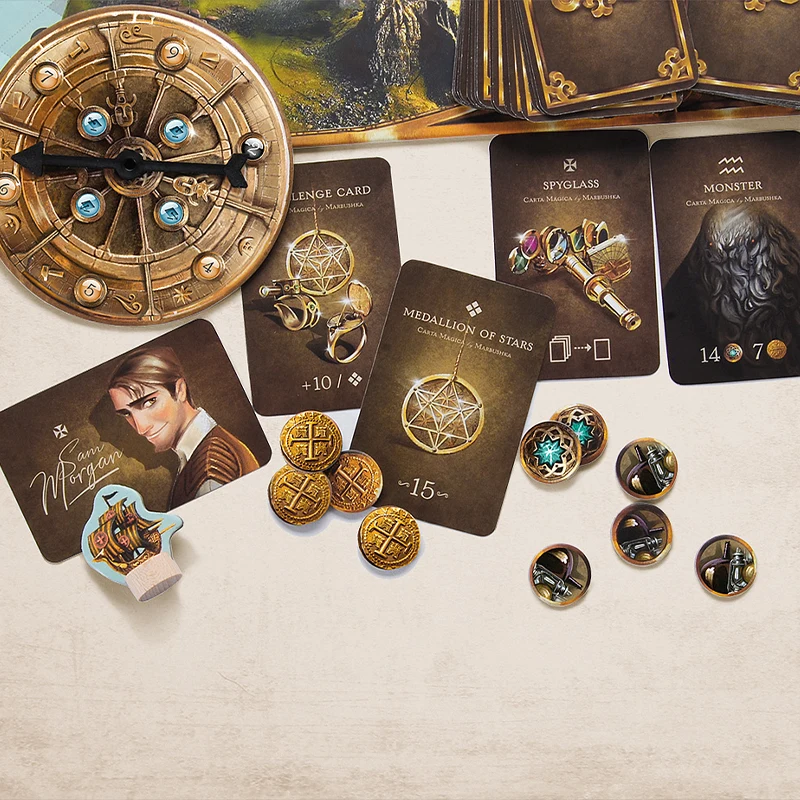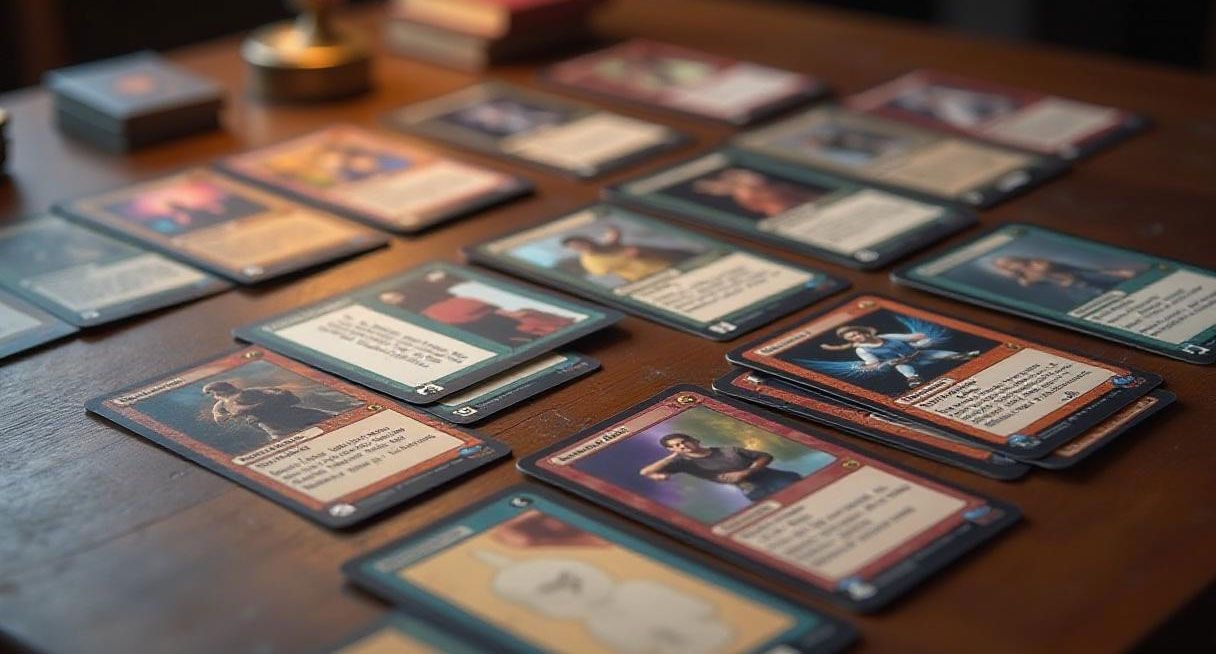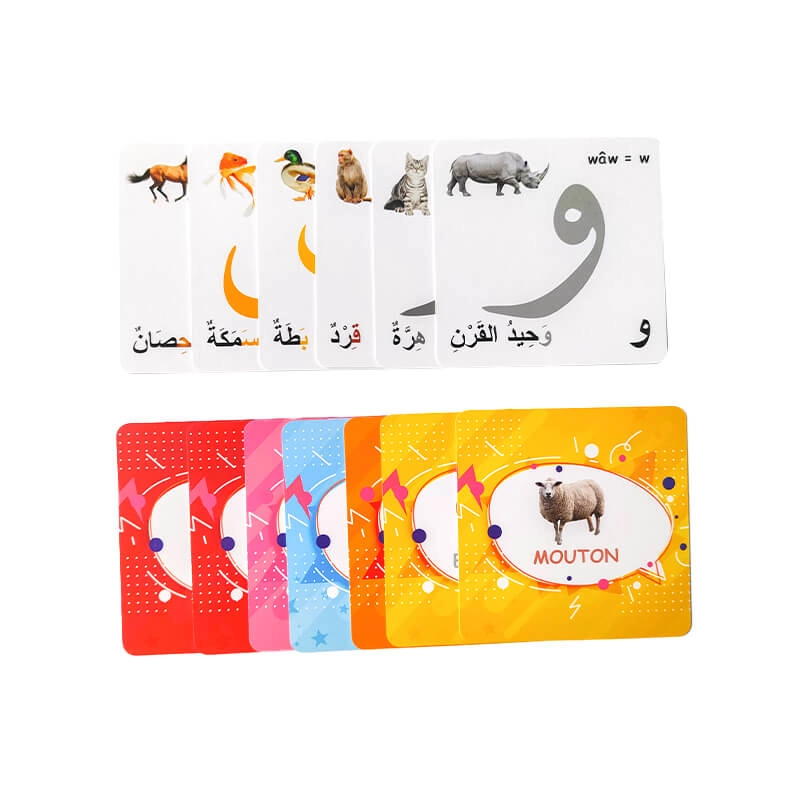
Understanding the Purpose of Custom Flash Cards
Using custom flash cards can be a great way to enhance learning and retention by catering to the unique requirements of various individuals. Ensure that the cards are not only interesting but also practical in aiding comprehension.
Identifying the Target Audience for Flash Cards
When making personalized flashcards from scratch the stage involves recognizing who will be using them most often. Whether you’re learners studying for exams, experts aiming to deepen their expertise, or casual enthusiasts exploring a niche topic. Flashcard content and formatting must match the specific group using them. Pupils often focus best on straightforward terms and core concepts. Specialists might need detailed analyses or industry-specific data matching their skills. Understand your users early. Factor in their objectives while crafting materials. This makes the final product work as they should.
Defining the Objectives of Your Flash Cards
It’s really important to have an understanding of what you want your personalized flashcards to achieve. Are they meant to aid in remembering information reinforcing comprehension of difficult ideas or honing problem-solving abilities. Defining these purposes will shape how you create and organize the flashcards. For example, if the goal is to improve vocabulary retention each card could feature a word on one side and its meaning pronunciation and usage examples, on the other side
Planning the Content for Your Custom Flash Cards
Creating a plan is key, to making sure your personalized flashcards are both helpful and user-friendly requiring the careful choice of important subjects and the logical arrangement of information.
Selecting Key Topics and Information
When you’re deciding what to put on your flashcards remember to keep the points in mind. Don’t bog down your audience with too much information.Instead, make sure your content is clear and important. For instance, if you’re making flashcards for a history course focus on key dates events and people rather than long stories.
Organizing Information Effectively
Effective organization of content is key to enhancing user experience by breaking down information into sections or categories for easier navigation purposes. Utilize headings and bullet points to content in a well-structured manner. Imagine a science flashcard with a term highlighted on top alongside its definition and a relevant example below, for clarity.
Designing the Layout of Your Flash Cards
The design of your personalized flashcards is crucial for their impact on learning outcomes. Visual appeal and readability are factors, in creating effective cards for studying purposes.
Choosing the Right Size and Format
Choose a size and layout that matches your audience’s needs. How they will use it best! Smaller sizes such as 3 by inches are easy to carry around and work well for people; still, larger options could be better, for intricate drawings or longer passages of text.
Deciding on Typography and Font Styles
The choice of typography plays a role in enhancing readability so opt for clear fonts like Arial or Times New Roman in suitable sizes such, as 12 to 14 points. Add emphasis to key terms using bold or italic formatting to emphasize without overwhelming the visual layout.
Adding Visual Elements to Enhance Engagement
Adding components can enhance the effectiveness of personalized flashcards making them more captivating and memorable for individuals, with varying learning preferences.
Incorporating Images, Icons, or Diagrams
Using visuals like pictures or charts can help improve comprehension and memory retention in learning materials. For instance, a biology flashcard showing a cell with its labeled parts can be helpful Icons are also useful, for simplifying concepts through visual hints.
Using Colors Strategically for Better Retention
Using colors can help you remember things better by linking ideas together in your mind. Try using colors that stand out against each other for text and backgrounds to make reading easier. Also sorting information into color-coded categories (like using red for warnings or blue, for definitions)makes it quicker for people to spot details.
By using these tips and suggestions provided you’ll be able to craft personalized flashcards that cater to the requirements of your audience and improve their learning journey.
Tools and Software for Creating Custom Flash Cards
Exploring Digital Platforms for Design
Digital platforms streamline flashcard creation: Canva offers customizable templates, Adobe Spark adds animations/interactivity, and PowerPoint suits users familiar with its tools. Different platforms offer advantages to users; Canva is great for newcomers thanks, to its easy drag-and-drop features; on the other hand, Adobe Spark is preferred by those looking for a more refined and polished appearance. Moreover, many of these platforms provide cloud storage options enabling users to access their work from any device.
Comparing Online and Offline Design Options
When choosing between online and offline design tools, consider accessibility, cost, and required features. Online platforms like Canva and Adobe Spark allow remote collaboration and ease of use but may lack advanced capabilities. Offline software such as Adobe Illustrator or Corel DRAW offers professional-grade precision for vector graphics and high-resolution outputs, though it demands technical proficiency and time investment. While web-based tools excel in flexibility and teamwork, desktop programs provide granular control over complex design elements, making them ideal for specialized projects.
Printing and Finalizing Your Custom Flash Cards
Selecting Quality Materials for Printing
Selecting the materials plays a crucial role in determining how long your personalized flashcards will last and how they will look over time. Choose top-notch cardstock or laminated paper to guarantee their longevity. Cardstock is tough. Can handle regular use without getting bent or ripped. Opting for a finish provides an additional shield, against spills and stains giving your cards a sleek and professional appearance.
When choosing a printer to use for your printing needs you should also take into account the type of printer you prefer. A good choice is an inkjet printer as it can produce colors and detailed designs. However, laser printers may be more durable when it comes to handling moisture. For notch quality prints it might be wise to consider hiring a professional printing service provider.
Reviewing and Proofreading Before Production
Before you start making your custom flashcards in bulk for the version make sure to go over them carefully and check for any spelling errors grammar mistakes and inaccuracies, in the content Also make sure that all the visual elements are properly aligned and that the text is easy to read.
Trying out your flashcards with a team can give you useful insights, into how well they work in practice helping you pinpoint any areas that might need refining before moving on to larger-scale production.
Why Choose Suba for Custom Flash Card Design?

Customization of Suba
Suba is known for its notch custom flashcard designing services thanks to its wide range of customization choices available, to users who wish to personalize their flashcards in every way possible—whether it’s the design layout or the font types and visual elements used—so that the end result perfectly suits their individual needs and preferences.Suba’s products also use printing services of quality using top-grade materials to ensure long-lasting durability and a polished professional look.
Subsequently, Suba offers customer assistance during the design phase to ensure that customers obtain personalized help at each step of the way. With Suba proficiency, you can rest assured of outcomes customized to meet your specific requirements whether you are crafting flashcards for educational use or, for professional training programs. You can contact us to meet all your needs for card design.
FAQ
Q: What materials are commonly used for custom flashcards?
Custom flashcards can be crafted using a variety of materials such, as;
Art Paper or Offset Paper is perfect, for creating educational materials or promotional cards.
Grey board and kraft paper are choices, for creating cards that are designed to last a long time; they are frequently utilized for tarot or gaming cards.
Thermal paper is commonly utilized for attaching airline luggage tags or boarding passes due, to its backing feature.
Waterproof and scratch-resistant PVC or laminated finishes are ideal, for use and handling durability.
Q: What is the typical minimum order quantity (MOQ) for custom flashcards?
Suppliers have minimum order quantities (MOQ) usually ranging from 50 to 100 pieces for small businesses or educational purposes78. Larger orders of 1,000 units or more may be eligible for lower prices due, to bulk pricing discounts offered by suppliers.
